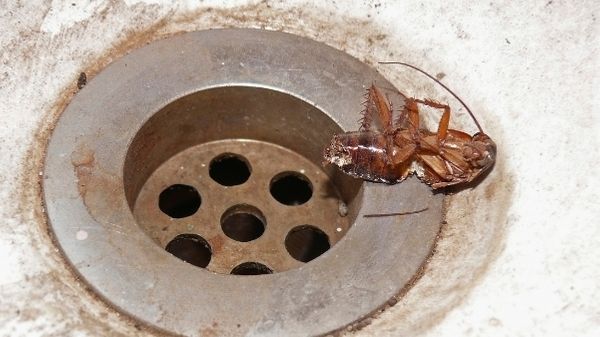
/assembleandbaityourwasptrap-56a338505f9b58b7d0d0fc66.jpg)
As an alternative to this method, we sometimes put the mixture in a pitfall cup in the ground to make the bait more accessable to a greater variety of insects, especially those that may be flightless or less apt to readily fly. If the mix was placed in a mason jar, the lid can be placed on it in the field and it can carried back to the lab (or wherever you would like to carry it) where it can be rinsed with alcohol later. Insects can be collected by dumping the trap contents into a kitchen strainer, then pouring the insects into a jar of alcohol (70% ethanol). The trap should be checked after two or three days and new bait added. A common method we use is putting a mixture of water, brown sugar, and yeast (mixed in a ratio of 2 cups of water, 1 cup of brown sugar, and 1 packet of Brewers yeast) in either a mason jar at the base of a tree or in some type of container which is hung from a tree limb. One of the easiest ways to collect many species of nitidulid beetles (also called sap or picnic beetles) is by putting out some type of bait, especially something sweet and rotting. Undoubtedly, there are as many baits as there are items in grocery stores, so use your imagination.īrown sugar yeast bait.

I have heard (from the world renowned Gary Umphrey at the University of Guelph, Canada) that some Aphaenogaster species love cheddar cheese. Peanut butter is an excellent bait for some arboreal species of ants and it can be slathered on trees and checked periodically for ants. Like tuna, hotdogs are attractive to some ant species, however, the specimens collected tend to get oily from the hotdogs. After a reasonable amount of time (30 minutes to an hour, for example), the vials can be capped and picked up. Tuna is also a good bait for ants and I have placed a small amount in vials, then simple placed the open vials on the ground until ants found them. It was suggested to me by Mark Deyrup, an eminent ant taxonomist at Archbold Biological Station in Florida. I have collected many species of ants at this bait and I highly recommend it, although I cannot take credit for initially using it for bait. In addition, it can be plastered to the bark of trees quite easily. The Keebler sandies are especially effective at luring major workers of Pheidole spp. Including cookies (Keebler Sandies Pecan Shortbread®), tunafish (StarKist® chunk light in water), hotdogs (Bar S®, chicken, beef, & pork), Spam® and peanut butter (various brands). I have used several different baits to collect some ant species.

Several different types of bait we use in the MEM are give below. Alternatively, certain types of traps can be baited with specific baits and the insects collected from the trap container. Baits can be used be applied to the ground, on trees, ropes, or elsewhere, and insects can be collected directly from them. Many insects, such as ants, nitidulid beetles, dung beetles, carrion beetles, bark beetles, moths, and others are attracted to various baits.


 0 kommentar(er)
0 kommentar(er)
